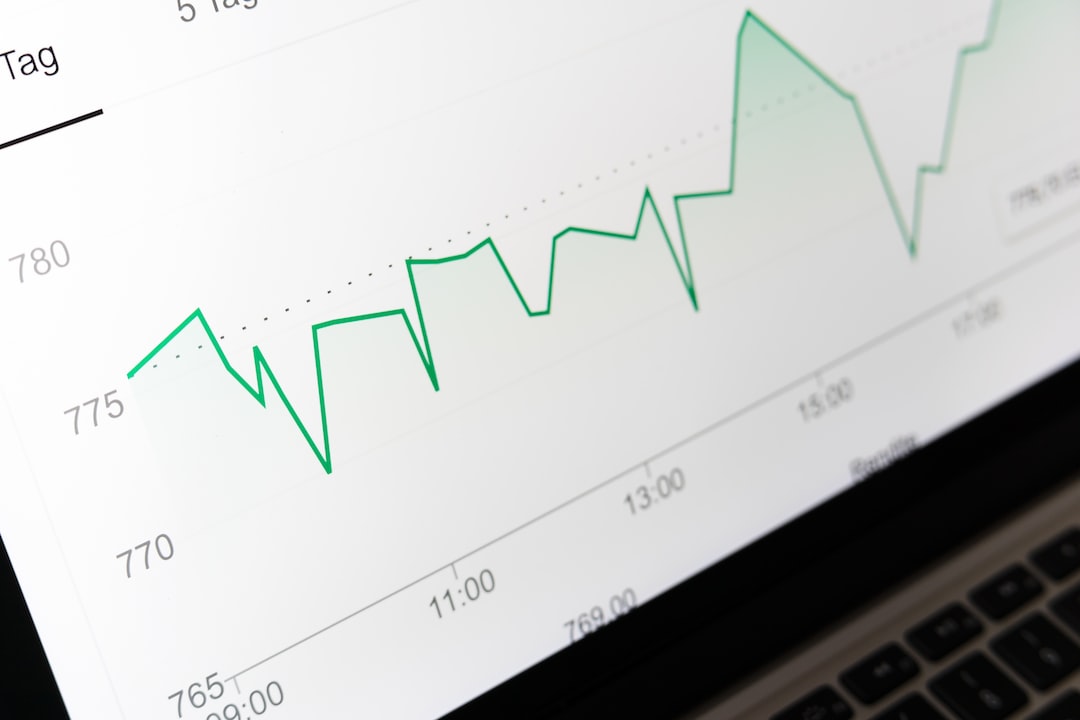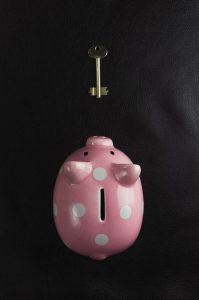Forex is a global market where individuals and businesses trade currencies. It is the largest financial market in the world, with a daily volume exceeding $5 trillion. Forex brokers are an essential part of this market, as they facilitate trading between buyers and sellers. Starting a forex brokerage is a complex process that requires a lot of planning, regulatory compliance, and financial resources. In this article, we will discuss the steps involved in creating a forex broker.
Step 1: Research and Planning
The first step in creating a forex broker is to conduct thorough research and planning. You need to understand the forex market, its regulations, and the competition. You should also research the target audience and their trading needs. This will help you identify your unique selling proposition and create a business plan.
Step 2: Legal and Regulatory Compliance
Forex brokers are highly regulated entities, and you need to comply with various laws and regulations to operate legally. The regulatory requirements vary depending on the country or region where you want to operate. For example, in the US, forex brokers need to register with the Commodity Futures Trading Commission (CFTC) and the National Futures Association (NFA). In the EU, brokers need to comply with the Markets in Financial Instruments Directive (MiFID).
Step 3: Technology Infrastructure
The forex market operates 24/7, and brokers need to have a robust technology infrastructure to provide uninterrupted trading services. You need to invest in a trading platform that is reliable, fast, and secure. You can either choose to develop your trading platform from scratch or use a white-label solution from a third-party provider. You also need to invest in servers, data centers, and internet connectivity to ensure seamless trading operations.
Step 4: Financial Resources
Starting a forex brokerage requires significant financial resources. You need to have enough capital to comply with regulatory requirements, invest in technology infrastructure, and provide liquidity to traders. The amount of capital required varies depending on the regulatory framework and the business model. For example, in the US, forex brokers need to have a minimum net capital of $20 million.
Step 5: Marketing and Sales
Once you have the legal and technological infrastructure in place, you need to focus on marketing and sales. You need to create a brand identity, develop a marketing strategy, and reach out to your target audience through various channels. You can use social media, paid advertising, content marketing, and other strategies to promote your brokerage. You also need to have a sales team that can educate potential clients and onboard them.
Step 6: Risk Management
Forex trading involves a high degree of risk, and brokers need to have robust risk management policies in place. You need to have a clear risk management strategy that covers areas such as credit risk, market risk, and operational risk. You also need to provide traders with tools such as stop-loss orders and margin calls to manage their risk exposure.
Conclusion
Starting a forex brokerage is a complex process that requires significant planning, regulatory compliance, technological infrastructure, financial resources, marketing, and risk management. The success of your brokerage will depend on your ability to provide a seamless trading experience, attract and retain clients, and manage risks effectively. If you are considering starting a forex brokerage, it is essential to seek professional advice and guidance to ensure compliance with regulatory requirements and best practices.






